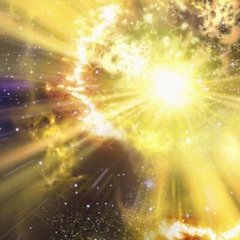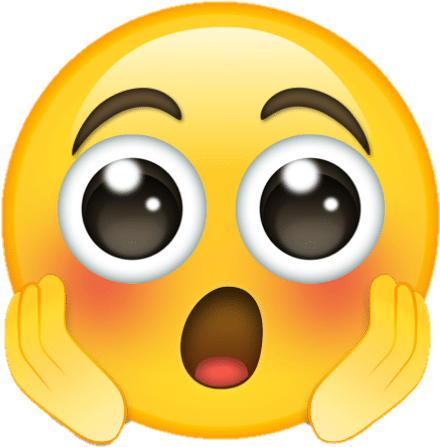-
Content count
4,406 -
Joined
-
Last visited
-
Days Won
32
Everything posted by Cobie
-
Thanks! “Tsinghua Slips are a collection of bamboo slips from the Warring States Period collected by Tsinghua University in July 2008. The carbon 14 test confirmed that the Tsinghua bamboo slips are cultural relics in the middle and late Warring States period, and the writing style is mainly from the Chu State.”https://baike.baidu.com/item/清华大学藏战国竹简/283640?fromtitle=清华简&fromid=4155368
-
Mostly line drawings of a human in a landscape with lots of characters. The human with TCM style meridians and a tiny monkey at some spot in the body. Picture of a monkey in a chart of the human body in https://inf.news/en/culture/9907746db46984ad0454f8af67c0c8c0.html
-
內 經 圖 內 nei4 - inner 經 jing1 - scripture 圖 tu2 - picture http://www.rgm.hu/download/NeiJingTu.pdf
-
“Chinese religions use monkeys and apes as metaphors for people. In Chinese folk religion, some shape-shifting monkeys were said to be human ancestors. In Daoism, monkeys, particularly gibbons, were believed have longevity like a xian (transcendent; immortal).” From https://en.wikipedia.org/wiki/Monkeys_in_Chinese_culture
-
~~~<>~~~ Tolstoy ~~~<>~~~ did a translation of the DDJ! ”in Tolstoy’s case, with the full line rendered as “Borg” podoben” sam” sebeˇ” (God is like himself), the theological aspect is undeniable (Tolstoy [1884] 1937, p. 535).” p 6 https://mdpi-res.com/d_attachment/religions/religions-13-00596/article_deploy/religions-13-00596-v3.pdf?version=1656581301
-
Changing the text instead of enduring the agonies of changing your own conviction. (Paul R Goldin)* Reminiscent of 虛 亓 心 in Ch 3: xu1 qi2 xin1 - clear thoughts and emotions / humility ~~~ * After Confucius P131 Re Ursula Le Guine https://library.oapen.org/bitstream/handle/20.500.12657/31688/625891.pdf?sequence=1&isAllowed=y ~~~ Also see https://www.thedaobums.com/topic/53703-now-again/?do=findComment&comment=984113
-
… such popular Western cultural productions are popular exactly because they expunge all of the culturally specific and religious dimensions of the text. From https://media.bloomsbury.com/rep/files/9781441168733_commonmisconceptions_daoisttradition.pdf
-
That’s what I think too. : )
-

The reason why a person who only has qi in his lower abdomen can't understand the Huang Tingjing
Cobie replied to awaken's topic in Daoist Discussion
That’s pretty much the impression I get with most English ‘translations’. -
My Chinese class teacher told us the story of the rabbit in the moon. We just all thought it was a load of bollocks.
-

The reason why a person who only has qi in his lower abdomen can't understand the Huang Tingjing
Cobie replied to awaken's topic in Daoist Discussion
太乙 金華 宗旨 太乙 - 太一 (Taiyi is the god of Chu, the first god to be worshipped) 金華 - golden light/corona/halo 宗旨 - ancestor’s purpose Why was it translated as “The secret of the golden flower" -

The reason why a person who only has qi in his lower abdomen can't understand the Huang Tingjing
Cobie replied to awaken's topic in Daoist Discussion
Thanks for the info. : ) -

The reason why a person who only has qi in his lower abdomen can't understand the Huang Tingjing
Cobie replied to awaken's topic in Daoist Discussion
太一生水 tai4 yi1 sheng1 shui3 - Great One gave birth to waterCharacters and translations at: https://www.tao-te-king.org/taiyi_shengshui.htm -

The reason why a person who only has qi in his lower abdomen can't understand the Huang Tingjing
Cobie replied to awaken's topic in Daoist Discussion
Ah, thanks for the info. Is that 太一 as in 太一生水? -

The reason why a person who only has qi in his lower abdomen can't understand the Huang Tingjing
Cobie replied to awaken's topic in Daoist Discussion
Obsolete now -

The reason why a person who only has qi in his lower abdomen can't understand the Huang Tingjing
Cobie replied to awaken's topic in Daoist Discussion
Why does it say ‘secret’? 太 tai4 - very 乙 yi3 - second 宗旨 zong1zhi3 - purpose ~~~ 宗 zong1 - ancestor; 旨 zhi3 - purpose -

The reason why a person who only has qi in his lower abdomen can't understand the Huang Tingjing
Cobie replied to awaken's topic in Daoist Discussion
Why does it say ‘flower’? 花 hua1 - flower 華 hua2 - diffused light ~~~ 金 jin1 - gold -

The reason why a person who only has qi in his lower abdomen can't understand the Huang Tingjing
Cobie replied to awaken's topic in Daoist Discussion
White light. ~~~ 内外 nei4 wai4 - inside and outside 通明 tong1 ming2 - brightly lit


